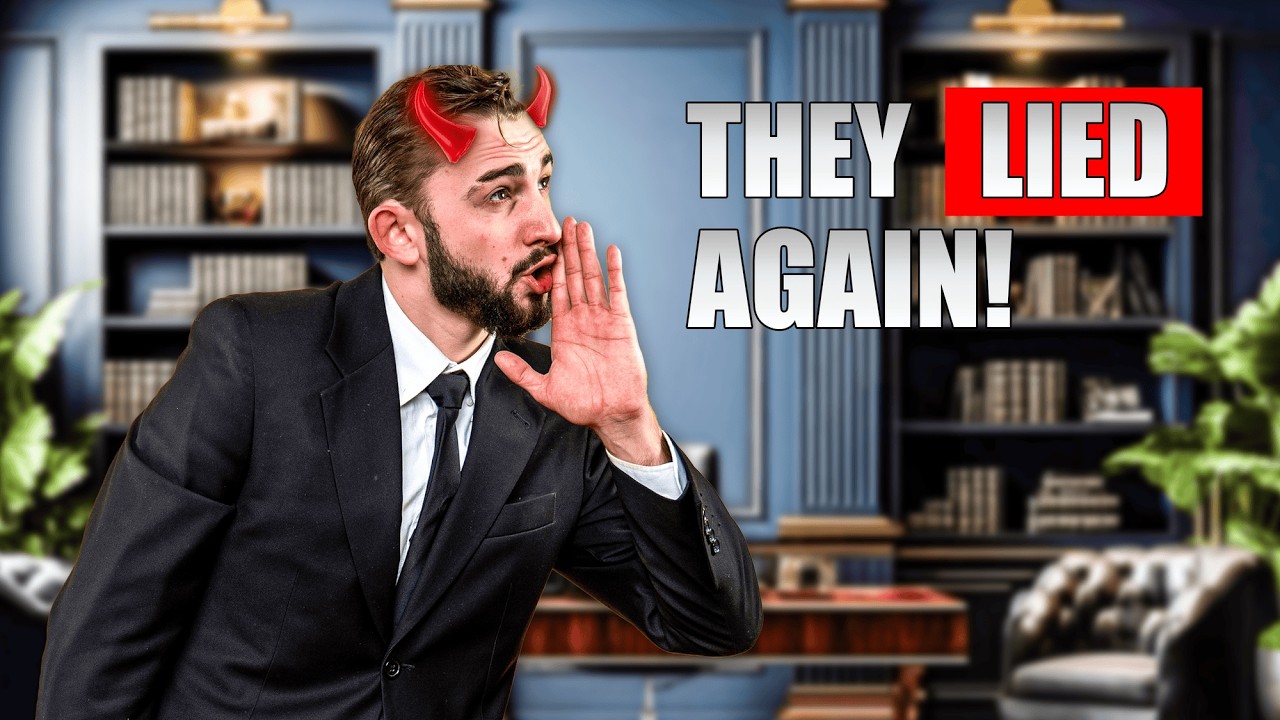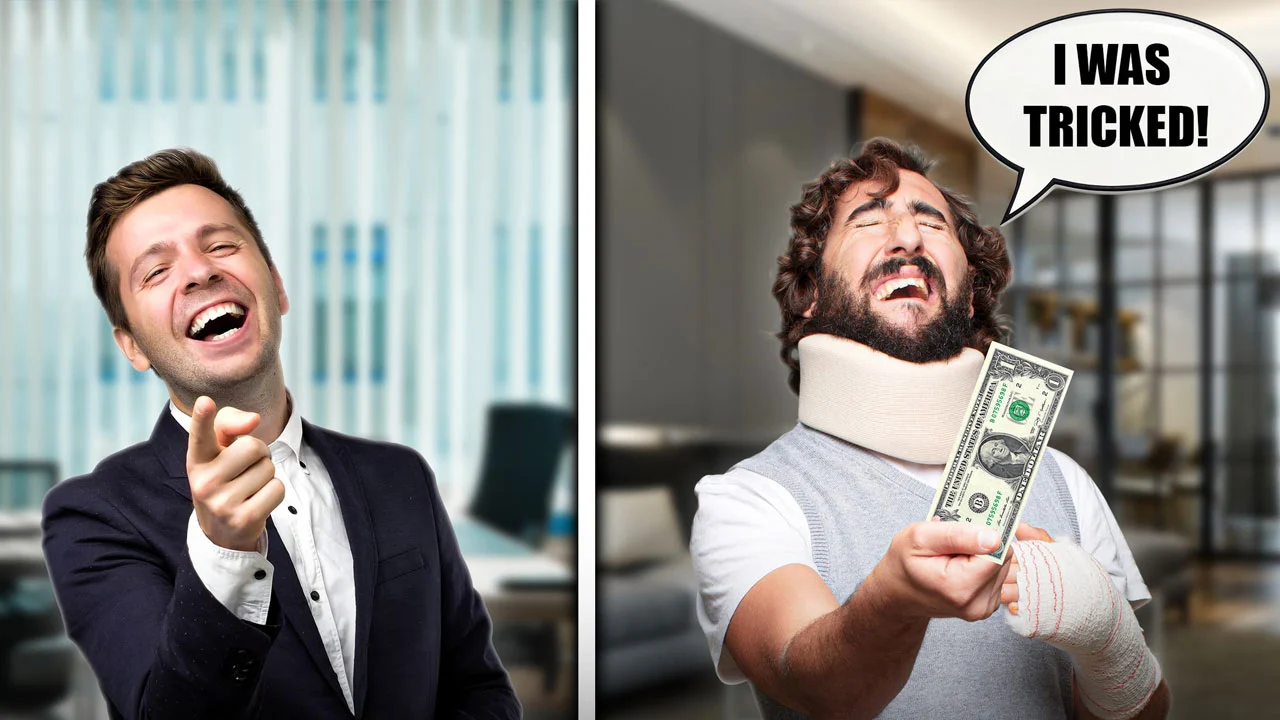Introduction
If you’ve never handled a car accident injury case, you may feel overwhelmed communicating with insurance companies about your injuries while you’re getting medical treatment to heal up from your injuries. It can be exhausting. In this video, I’ll explain how car accident injury settlements work. To do so, let me tell you the story of my past client, Nolan.
Nolan’s Story
Nolan was involved in a two-vehicle automobile accident. He was driving his pickup truck on a two-lane road when the driver of another vehicle, traveling in the opposite direction, came over into his lane, collided with Nolan’s vehicle, and knocked it into a ditch on the side of the road.
Nolan took good photographs depicting the scene of the accident. These photographs helped us prove the other driver was at fault. The photographs showed the skid marks caused by Nolan’s truck when he braked to try to avoid the collision. The skid marks revealed that my client never left his lane of travel. It was clear the other driver had crossed the center lane into Nolan’s lane of travel to cause this wreck. If you find yourself in a predicament like Nolan’s, you should consider consulting with a few car accident lawyers in Louisville, KY.
Proving Fault
To get a settlement in your car accident case, you must show that another driver or party was at fault. Nolan did the right thing by taking these photographs, which ultimately helped us show that the other driver was at fault. We sent these photographs to the other driver’s insurance company. After reviewing the photographs, the other driver’s insurance company admitted liability on behalf of its insured driver.
Medical Treatment
After the accident, Nolan focused on getting the medical treatment he needed. He was taken by ambulance to the hospital, where diagnostic testing was performed, and he was discharged. About a month and a half after the accident, he had an MRI on his lower back, which revealed three bulging discs. Nolan missed a little bit of time from work due to his injuries and completed his chiropractic treatment and pain management treatment just over four months following the accident.
Gathering Evidence
Once he finished treating, we gathered all of Nolan’s medical records and bills for medical treatment associated with his accident. We also had his employer fill out a form documenting the amount of time he missed from work and verifying how much he made on a weekly basis to prove his lost wages. I then sent a demand letter to the other driver’s insurance company’s adjuster, demanding they pay out their insured driver’s policy limits. Along with the demand letter, I included all the evidence that supported my client’s case, including the photographs, medical records, and medical bills.
Demand Letter
The demand letter is how an injury victim initiates settlement negotiations in Kentucky. The other driver’s insurance company is not required to disclose their insured driver’s policy limits, so it’s usually a good idea to start negotiations by sending a demand for the policy limits. I knew in Nolan’s case that the insurer would either pay out the policy limits if the other driver had low limits, like the state minimum of $25,000 per person or make us an offer for a specific amount.
Settlement Negotiations
In response to our demand, the insurance adjuster initially offered $42,000 to settle Nolan’s case. From there, I negotiated back and forth with the insurance adjuster, with Nolan’s authority. The negotiations continued for a little over a month. After several rounds of offers and counter-offers, we eventually settled Nolan’s case for just under $60,000.
Patience in the Process
Getting a fair and reasonable settlement usually takes time. It’s virtually impossible to get an estimated value of an injury victim’s case until the injury victim is either done treating or has reached maximum medical improvement. You don’t want to sell yourself short. It may take months of medical treatment and additional time to collect your medical records and bills and to negotiate with the insurance company, but it’s usually necessary to get maximum compensation in your case. At the end of the day, Nolan was happy we were able to resolve his case for a fair and reasonable amount without the need to file a lawsuit or go to court.
When to File a Lawsuit
Not all cases settle for a fair and reasonable amount without having to file a lawsuit or go to court. My office regularly files lawsuits for our clients to get a fair and reasonable settlement for them. So how do you know if you have a case that you should consider filing a lawsuit on? In this video about to pop up here, I’ll tell you what to look out for in your case.
Final Advice
Lastly, if you’ve been injured in a car accident, slip or trip and fall incident, or dog attack incident in Kentucky, remember: don’t wait, call Tate.








Recent Comments